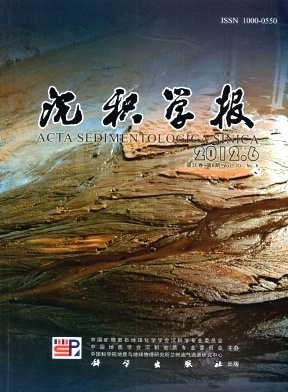Detection of Cyclostratigraphic Sequence Surfaces in Stratigraphic Record:Its principle and approach
- Publish Date: 2012-12-10
-
Key words:
- cyclostratigraphy /
- spectral analysis /
- sedimentation rate /
- well logging, sequence surface /
Abstract: In this paper spectral analysis methods are used to study sedimentary cycle changes in depth domains in geophysic logging record. We propose that sedimentation rates have important control for cyclic wavelengths, spectrum peak patterns and continuities. Digital simulation tests show cyclic wavelength changes and spectral bands terminations along depth domain by slidingwidow spectral analysis, which indicate abrupt sedimentation rate changes. Its depth location of abrupt surfaces are corresponding to stratigraphic discontinuity and reflect depositional regime conversion and can be as identification critical maker of cyclostratigraphic sequence surface discrimination. This method has been verified to be validity in deep sea sediment from ODP Site 154. The data processing procedures, which sedimentary cycle signals are extracted and check in spectral analysis, are described and illustrated in detailed. The extreme point data series, which are reconstructed from original logs, can be provided us obvious and stable spectral signals with the cyclic wavelength of 10m scale level. The cyclostratigraphic sequence surfaces in this hierarchy can be used a reference surface in regional stratigraphic correlations. The upper Trassic Xujiahe Formation from the western Sichuan foreland basin as a case study, cyclostratigraphic sequence surfaces are calibrated based on evolutive spectral analysis from natural gamma log of Chuanya Hole 95. It is suggested that this methods have widely practical values compression with traditional seismic sequence.
| Citation: | Detection of Cyclostratigraphic Sequence Surfaces in Stratigraphic Record:Its principle and approach[J]. Acta Sedimentologica Sinica, 2012, 30(6): 991-998. |






 DownLoad:
DownLoad: